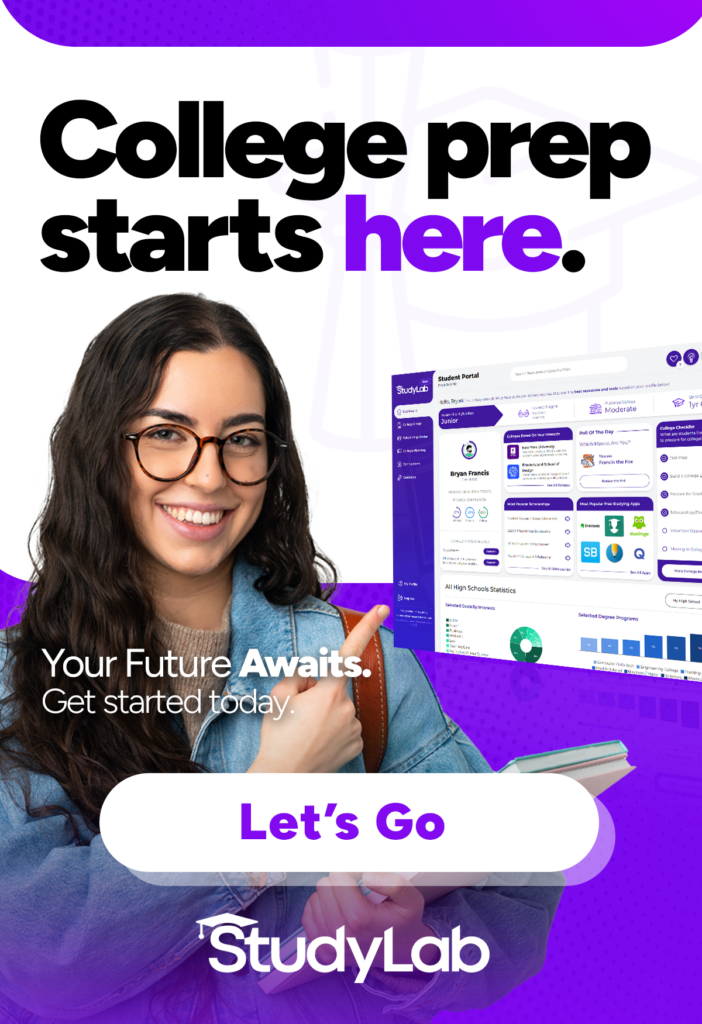On February 11, the College Board released statistics that show, beyond a doubt, that participation in its AP program has increased substantially over the last decade.
Here’s some of the news that the College Board shared:
- More than 1.24 million students who graduated from American high schools in 2018 took a total of 4.22 million AP Exams. That is an increase of 65% over the number of students who took part in 2008. Also, 38.9% of the class of 2018 took at least one AP Exam, compared to 25.1% of the class of 2008.
- The percentage of students from low-income families taking part in the AP program has doubled in the last decade, with 30.8% of 2018 participants coming from low-income families.
- Now that students can register for AP Exams in the fall, not only in the spring, more students are taking them. Furthermore, the College Board reports that the availability of fall registration is dramatically increasing the percentage of students from underserved populations who are registering for the Exam.
New Free Resources for AP Teachers and Students
The College Board also announced that during the 2019-20 school year, the AP Program will provide AP teachers and coordinators with an expanded range of free tools to plan classes, create assignments, and provide feedback to students.
Also, to quote from the College Board, “Teachers will have access to an AP question bank to create customized practice tests, unit guides that describe the skills and topics covered in each exam, and detailed dashboards that provide students, parents, and educators with information on a student’s progress.”
These “free” resources, as you will note, will help schools design and implement AP classes. They will increase participation in AP classes and, by extension, the number of students who take AP Exams.
It’s Good, It’s Bad . . . It’s the AP Program from the College Board
If you know or work with students and school systems that offer AP classes, you have probably observed that there are both positive and less-than-positive aspects to the AP program. Like these . . .
- AP participation can both cost and save money. AP Exams are expensive to take. But if students can place out of classes after they arrive in college, that saves money.
- The AP program causes some students to feel excessive academic pressure. They feel that AP participation gives them an edge when they apply to colleges. But at the same time, some feel that they need tutoring and extra help to achieve high scores on AP Exams. The result? Another source of pressure for already-stressed students.
- Students can feel social pressure to take AP classes. Students who don’t take them can feel like second-tier citizens in schools where all the “smartest” students take AP classes. It’s another differentiator.
- To date, AP participation has been highest in schools that serve more privileged populations. Yet at the same time, as the College Board points out, participation is increasing quickly in underserved areas and populations.
To Share Your Views on High School Education
Participate in the National Career & College Pathway Study to gain new insights about making educational decisions that align with your interests, passions, and aptitudes. Students who complete the free career test for high school students will receive information on college and career opportunities which match their interests.
Related Posts
New Student Research Identifies “Physics Fans” Who Have an Affection for Physics
Who Is Preparing for STEM Careers? Our Research Finds Surprising Gaps
Why the SAT and ACT Tests Are Not Going to Go Away Soon
Three Online Career Tests for High School Students


Trackbacks/Pingbacks